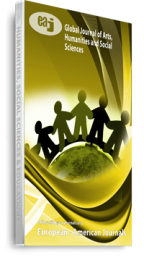This research focuses on fostering the evolution of intangible cultural heritage, taking the case study of the Mianzhu New Year image, a respected element of Chinese cultural heritage. It investigates the potential for innovatively redesigning these image products to boost tourism appeal. The methodology is tripartite. In the initial phase, we probe the demand for a product redesign and seek methods to enhance it via the KANO-AHP model, offering design modification recommendations based on potential consumers’ expectations. The second phase incorporates an examination of the cultural and artistic elements of the Mianzhu New Year image. Following a premeditated needs evaluation, the graphic design, form, content, and shape of the image are cultivated for innovation. The final stage encompasses a critique of the refined design. Here, the process is meticulously documented, and experts from product design, tourism, and cultural studies sectors measure the design’s effectiveness. To derive valid data, we utilize intentional samples at each stage, applying qualitative or quantitative analyses corresponding to different stage characteristics. Thus, this project not only advances the innovative and transformative development of intangible cultural heritage but also offers insight into effectively merging culture and tourism. This research can provide a blueprint for similar cultural conservation initiatives globally, promoting heritage preservation through attention to local economic and tourism contexts.
Keywords: KANO-AHP, Mianzhu new year picture, Tourism, intangible cultural heritage products

